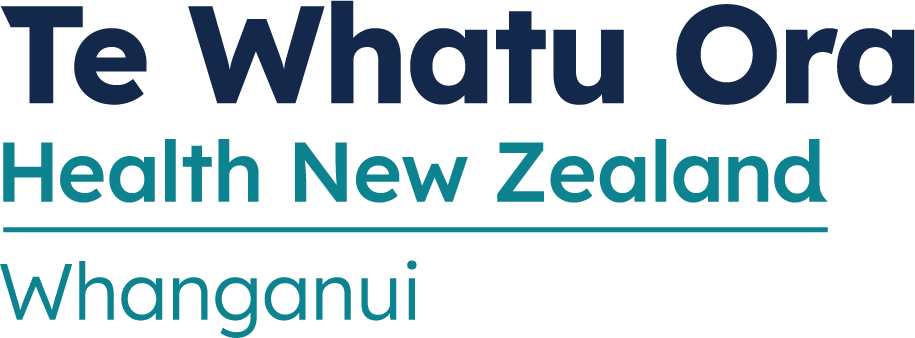
18 September
|
Emma Carran (left) and Micaela Makker. |
Whanganui District Health Board (WDHB) dietitians Emma Carran and Micaela Makker are using Malnutrition Awareness Week (24-28 September) to raise awareness about the risk of malnutrition amongst older adults who are admitted to Whanganui Hospital and remind us all how important it is to eat enough and ensure we have access to a nutritious diet.
Malnutrition develops when a person doesn’t consume enough calories (energy), protein, vitamins, minerals and/or other nutrients which can have a significant impact on a person’s health outcomes.
Ms Carran says an Auckland-based cross-sectional study led by Massey University associate professor Carol Wham to investigate malnutrition risk in older adults being admitted to hospital resulted in interesting findings.
Conducted in the Waitemata District Health Board region between July 2014 and September 2015, the study (involving 234 participants over the age of 65 years, with an average age of 84 years) found close to half (46.6 percent) of the participants were identified as at risk of malnutrition and just over a quarter (26.9 percent) were malnourished.
Put differently, it was found almost three-quarters of the participants were malnourished or at risk of malnutrition. Emma says problems with swallowing, low body mass index (BMI), low muscle strength and poor cognition are conditions which commonly increase a person’s risk of malnutrition.
So why is it important to reduce the risk of malnutrition and to treat it? Doing so:
- reduces the risk of falls and fractures
- helps keep people mobile, stronger and independent which can improve mood and quality of life
- helps maintain the immune system and reduce the risk of infections
- speeds up recovery and the wound healing process
If you think you or your loved one is at risk of malnutrition, please see a GP who might refer you to a dietitian or advise some of the following options:
- eat small and frequent meals, aiming for three meals with snacks in between
- introduce milky drinks such as milkshakes, smoothies
- add sauces and gravies to meals and custard and ice cream to desserts
- plan meals and cook when you have the most energy
- keep the fridge, freezer and pantry stocked with pre-prepared meals or easy to prepare foods.
See following fact box for further information:
|
Milk is a useful food for improving both protein and calories. It is frequently the basis of advice for improving protein and calorie intake for people with a poor appetite; low body weight/BMI, unintentional weight loss and high calorie needs (i.e. wound healing, infection, cachexia, burns, etc.).
Bullets 1, 2 and 3 are all required as part of the 'food first' approach which Pharmac requires before people are eligible for nutrition supplements i.e. Fortisip and Ensure. The carbohydrate content of milk might appear to be predominantly 'simple' if one refers to the label, but as lactose milk it has a low GI. Together with milk's protein content this results in a slow rise in blood sugar and one which lasts for longer. This is still the effect if other sugars e.g. fruit sugar, table sugar are added to milk based foods such as smoothies, custard, yogurt, etc. Dietitians want older people at risk of malnutrition or who are malnourished making their porridge with milk, eating snacks between meals, eating ice cream or custard with their canned fruit, drinking a latte or hot chocolate. |




